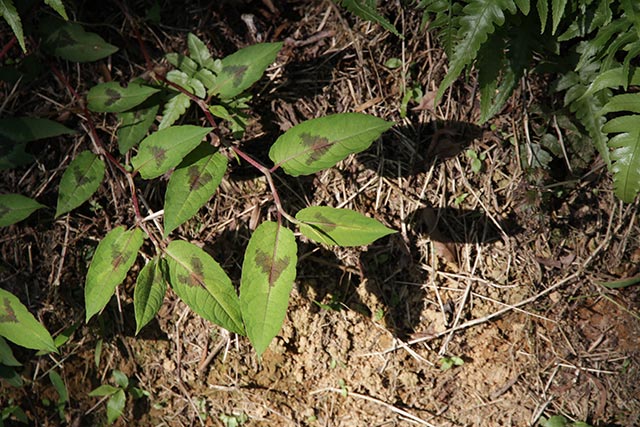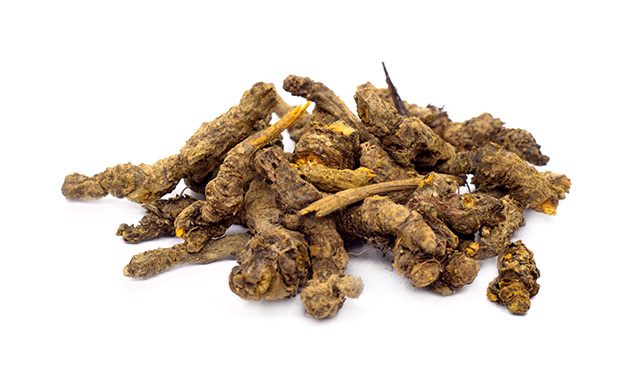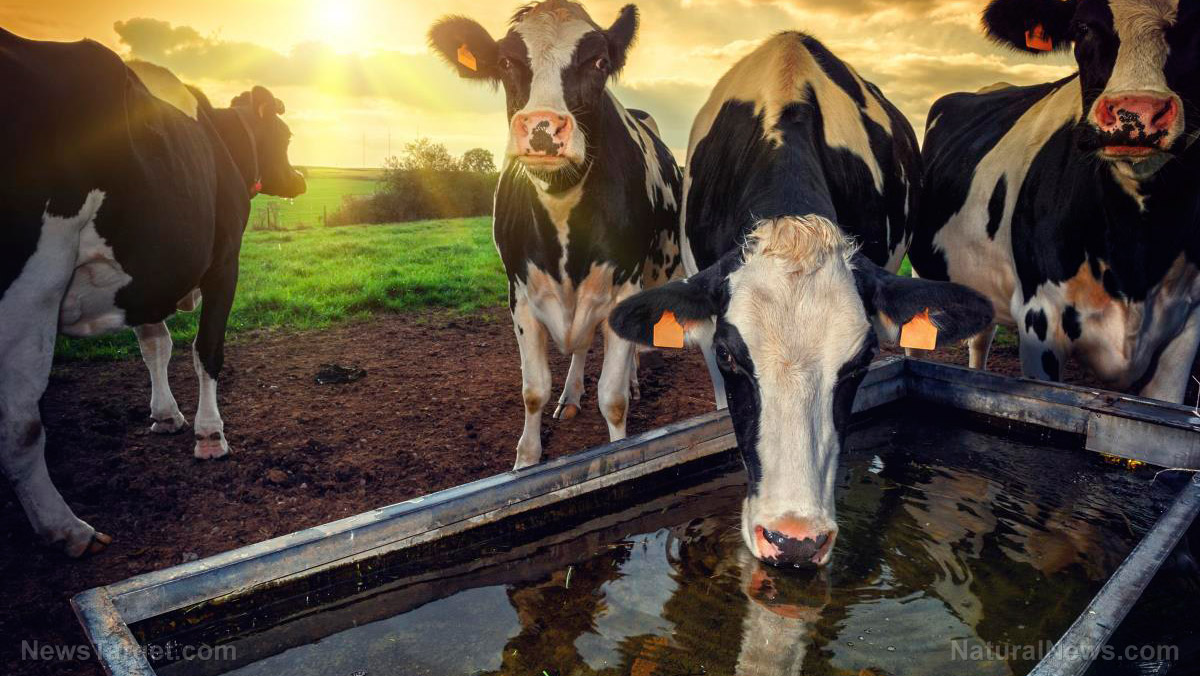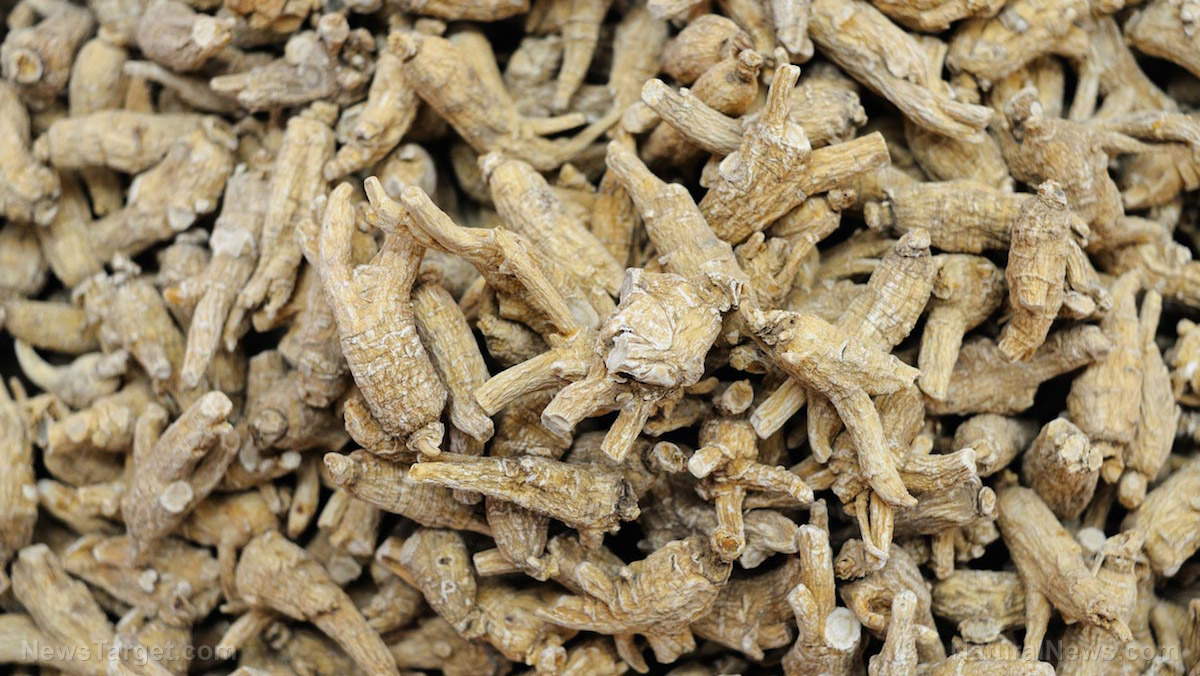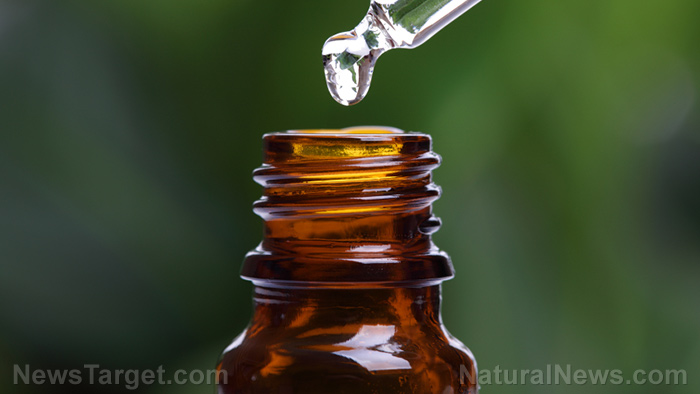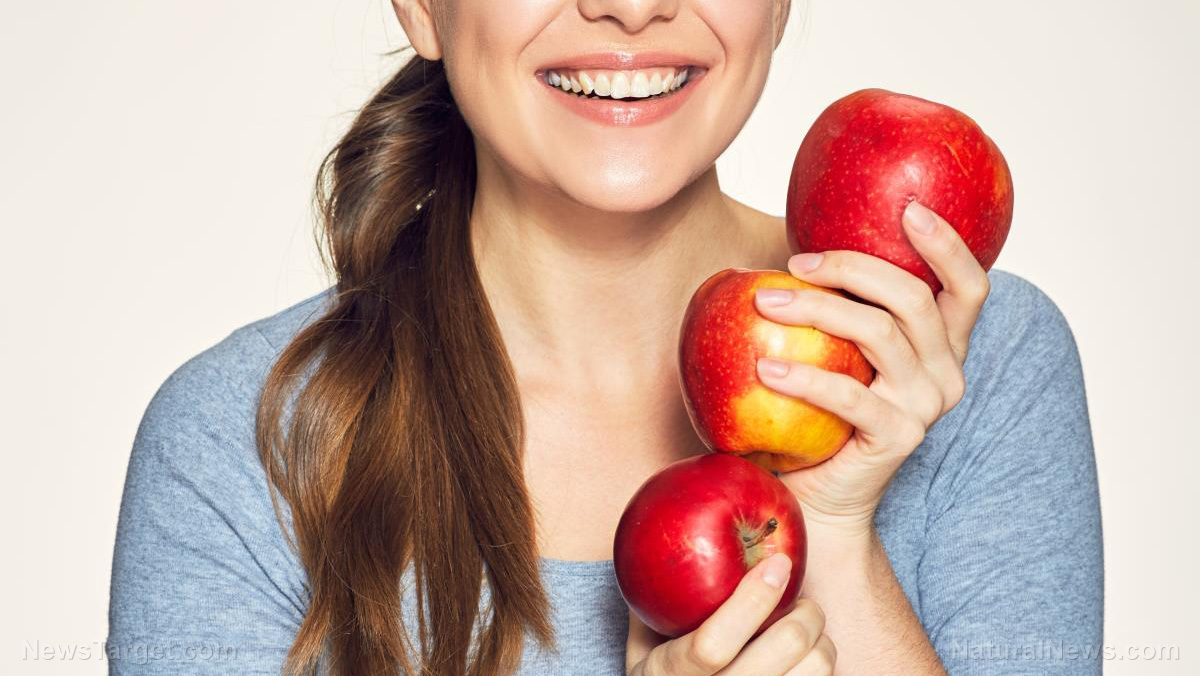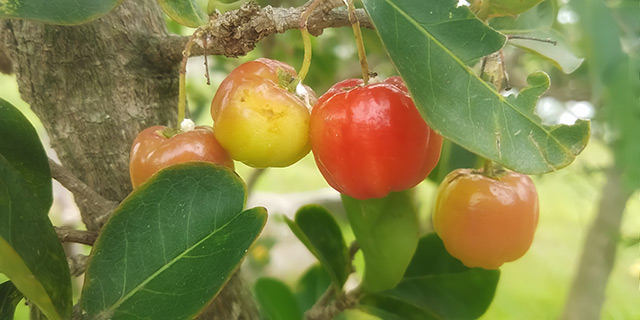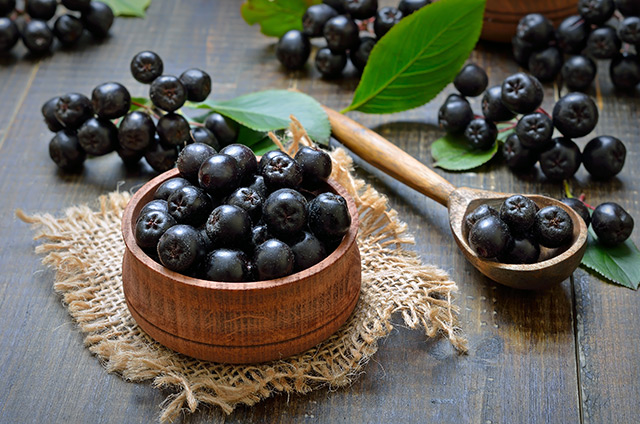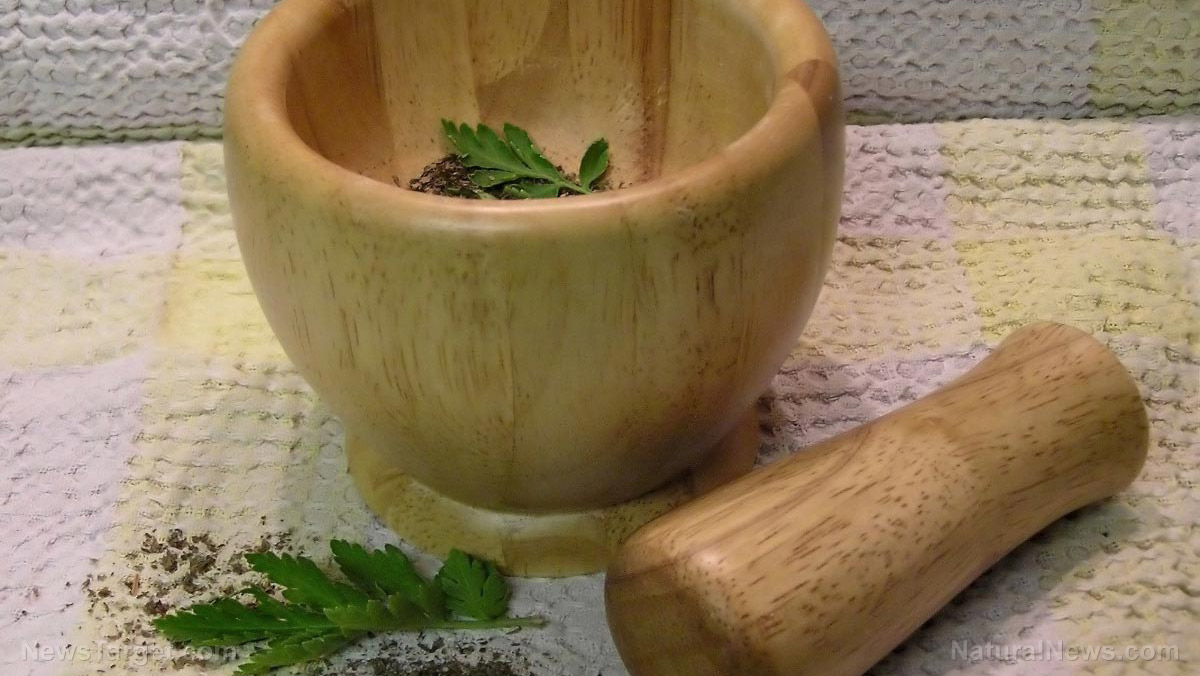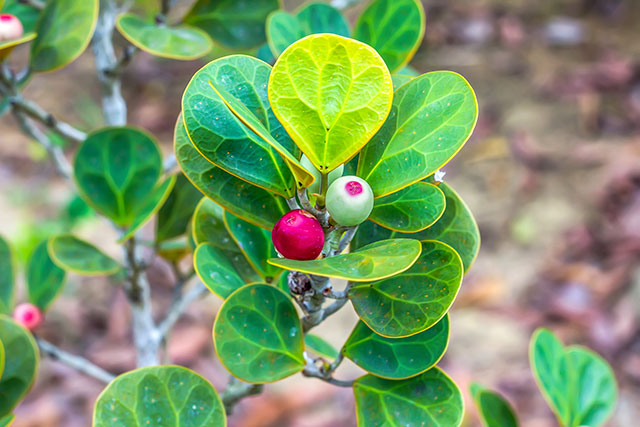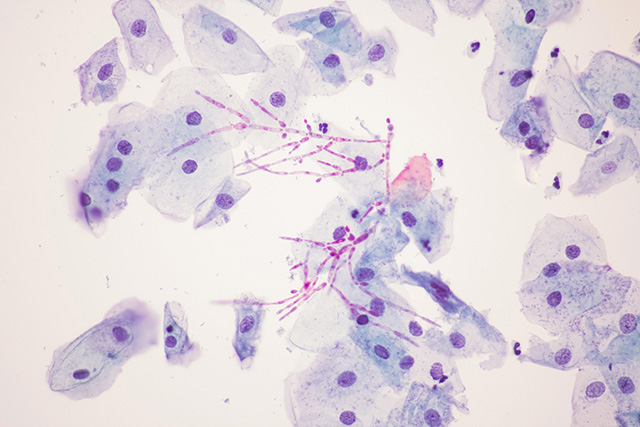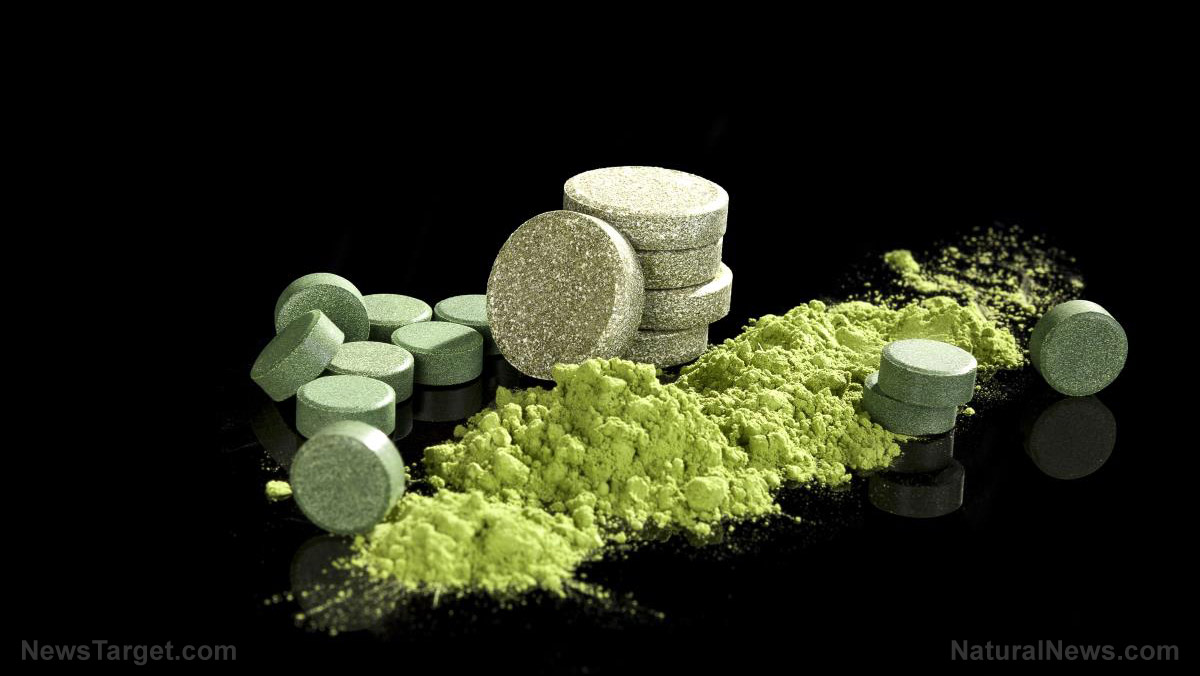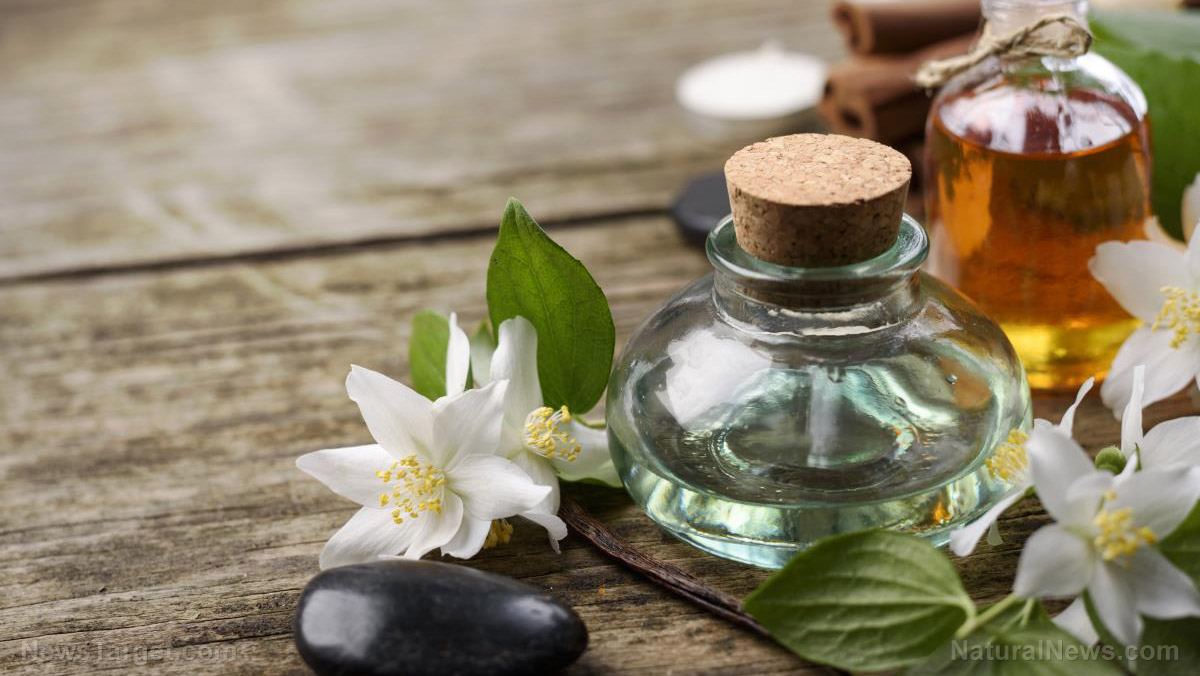Examining the antidepressant effect of a novel herbal compound made with dried jujube seeds
07/31/2018 / By Ralph Flores
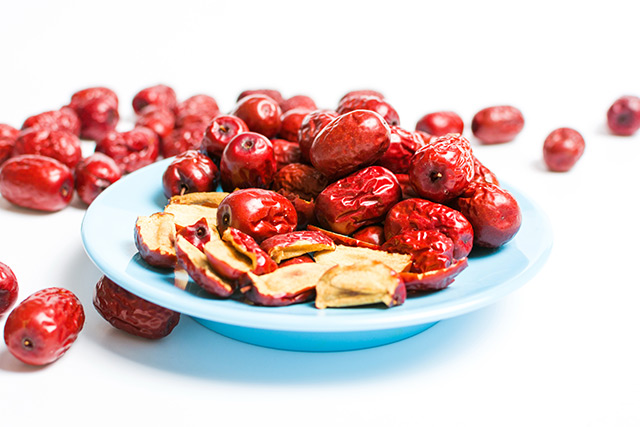
Researchers have found that a combination of two herbal formulations, the dried seed of the jujube (Zizyphus jujube) and the lily bulb, can be used as an alternative treatment for depression. The study, which appeared in BMC Complementary and Alternative Medicine, discussed the effects of a novel herbal compound called ziziphi spinosae lily powder suspension, in terms of its anti-depressant effect based on in vitro and in vivo tests.
- Treatments for depression are marked by a low success rate, with a high risk of adverse side effects.
- In the study, researchers examined the potential mechanisms behind the ziziphi spinosae lily powder suspension.
- For the in vivo study, all characteristics that are found in depression (except for body weight) were measured. This included a forced swimming test, sucrose consumption test, and open field tests.
- Researchers used ultrahigh-performance liquid chromatography and high-performance liquid chromatography assays to determine the underlying mechanisms of ziziphi spinosae lily powder suspension.
- From the findings, researchers found that ziziphi spinosae lily powder suspension contains herbal compounds that can improve symptoms of depression, based on a rat model of chronic depression. The compounds also improved serum 5-HT and brain 5-HIAA levels, based on chromatography results.
- In the rat model, ziziphi spinosae lily powder suspension relieved symptoms of depression and increased serum 5-HT in peripheral blood and 5-HIAA in the brain.
The study highlights the potential of herbal compounds to be used to manage chronic depressive disorders, as well as manage major depressive disorders.
Learn more about traditional practices to treat depression at ChineseMedicine.news today.
Journal Reference:
Wang Y, Huang M, Lu X, Wei R, Xu J. ZIZIPHI SPINOSAE LILY POWDER SUSPENSION IN THE TREATMENT OF DEPRESSION-LIKE BEHAVIORS IN RATS. BMC Complementary and Alternative Medicine. 2017;17(238). DOI: 10.1186/s12906-017-1749-5
Tagged Under: 5-HIAA, 5-HT, Antidepressant, herbal medicine, Herbs, jujube, Lily bulb, major depressive disorder, medicinal plants, natural cures, natural medicine, plant cures, remedies, research, Semen ziziphi spinosae, zizyphus jujube



